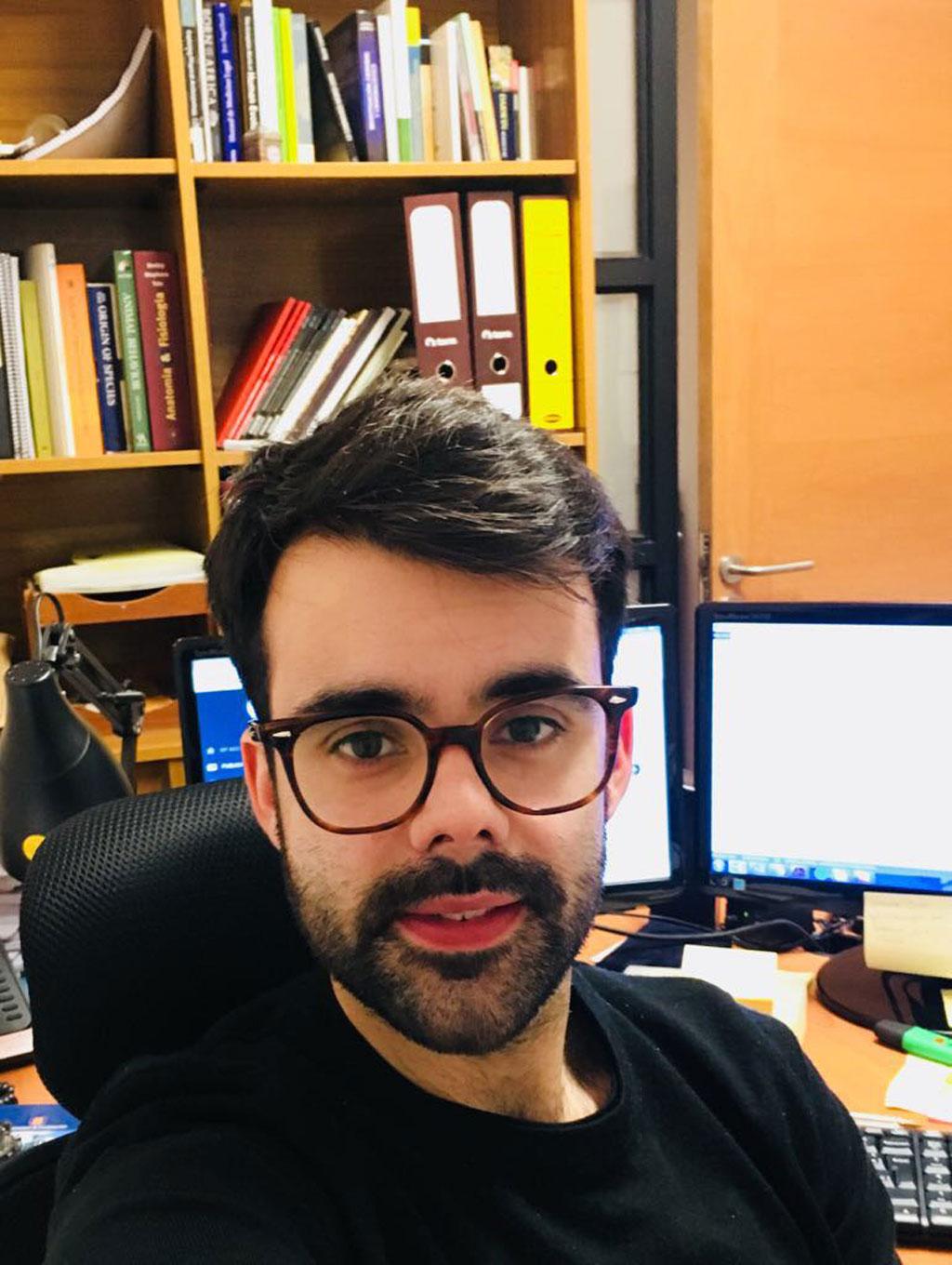Ricardo A.M.P. Gomes works in Anthropology with an emphasis on Biological Anthropology and Paleopathology. He completed the MSc in Human Evolution and Biology in 2012 and the bachelor’s degree in Anthropology in 2010, both at the University of Coimbra, Portugal. Currently, he is attending the PhD program in Anthropology, with a specialization in Biological Anthropology, supported by Fundação para a Ciência e a Tecnologia. The main focus of its PhD research is the possible association between porous skeletal lesions, both from identified and archaeological samples, with variations in trace elements measured by x-ray fluorescence. He also has five years of experience as an academic at the University of Concepción, Chile. Here he supervised and co-supervised 2 masters and 17 bachelor dissertations. He has published 11 articles in journals, organized 3 events, and participated as principal investigator in 2 projects. He has also a large involvement in outreach activities such as scientific events and science communication, particularly in schools.

Ricardo A.M.P. Gomes
Orcid profile
Ciência Vitae profile
| Research Interests |
|---|
| Osteology |
| Paleopathology |
| Past populations |
| Patterns of health and disease |
| Teaching |
|---|
Seminary of Specialization in Physical Anthropology I. 2018. 4th year. Bachelor’s degree in Anthropology, Faculty of Social Sciences, University of Concepción, Chile. |
Anthropological intervention in forensic analysis. 2018. 4th year. Bachelor’s degree in Anthropology, Faculty of Social Sciences, University of Concepción, Chile. |
General Anthropology. 1st year. 2018. Bachelor’s degree in Anthropology, Faculty of Social Sciences, University of Concepción, Chile. |
Physical Anthropology I and II. 2018. Bachelor’s degree in Anthropology, Faculty of Social Sciences, University of Concepción, Chile. |
| Main Publications |
|---|
Ricardo A. M. P. Gomes; Jimmy Petit; Olivier Dutour; Ana Luisa Santos. “Frequency and co-occurrence of porous skeletal lesions in identified non- adults from Portugal (19th to 20th centuries) and its association with respiratory infections as cause of death”. International Journal of Osteoarchaeology (2022): https://doi.org/10.1002/oa.3132. |
Ricardo A.M.P. Gomes; Lídia Catarino; Ana Luísa Santos. “Anemia, cribra cranii and elemental composition using portable X-ray fluorescence: A study in individuals from the Coimbra Identified Osteological Collections”. Journal of Archaeological Science 136 (2021): 105514-105514. https://doi.org/10.1016/j.jas.2021.105514. |
Ana Maria Silva; Inês Leandro; Ricardo A.M.P. Gomes; Inês Oliveira-Santos. “The modern Dental Cast Reference Collection from the University of Coimbra, Portugal”. Annals of Anatomy – Anatomischer Anzeiger 243 (2022): 151937-151937. http://dx.doi.org/10.1016/j.aanat.2022.151937. |
Bruno M. Magalhães; Lidia Catarino; Inês Carreiro; Ricardo A.M.P. Gomes; Rosa Ramos Gaspar; Vitor M.J. Matos; Ana Luisa Santos. “Differential diagnosis of a diffuse sclerosis in an identified male skull (early 20th century Coimbra, Portugal): A multimethodological approach for the identification of osteosclerotic dysplasias in skeletonized individuals”. International Journal of Paleopathology 34 (2021): 134-141. https://doi.org/10.1016/j.ijpp.2021.06.002. |
| Research Projects |
|---|
The contribution of trace elements in the etiopatological study of cribous changes in human skeletal remains from the Medieval to Contemporary Ages in Portugal; funded by PTCRIS: SFRH/BD/145343/2019. |
Identification of skeletal remains from the Penco Parish Cemetery. Applied anthropology to the identification of unidentified people for the re-establishment of social ties due to the earthquake of February 27, 2010 (27F)” Funded by the University of Concepción, Chile: 213.173.044-1.0. |